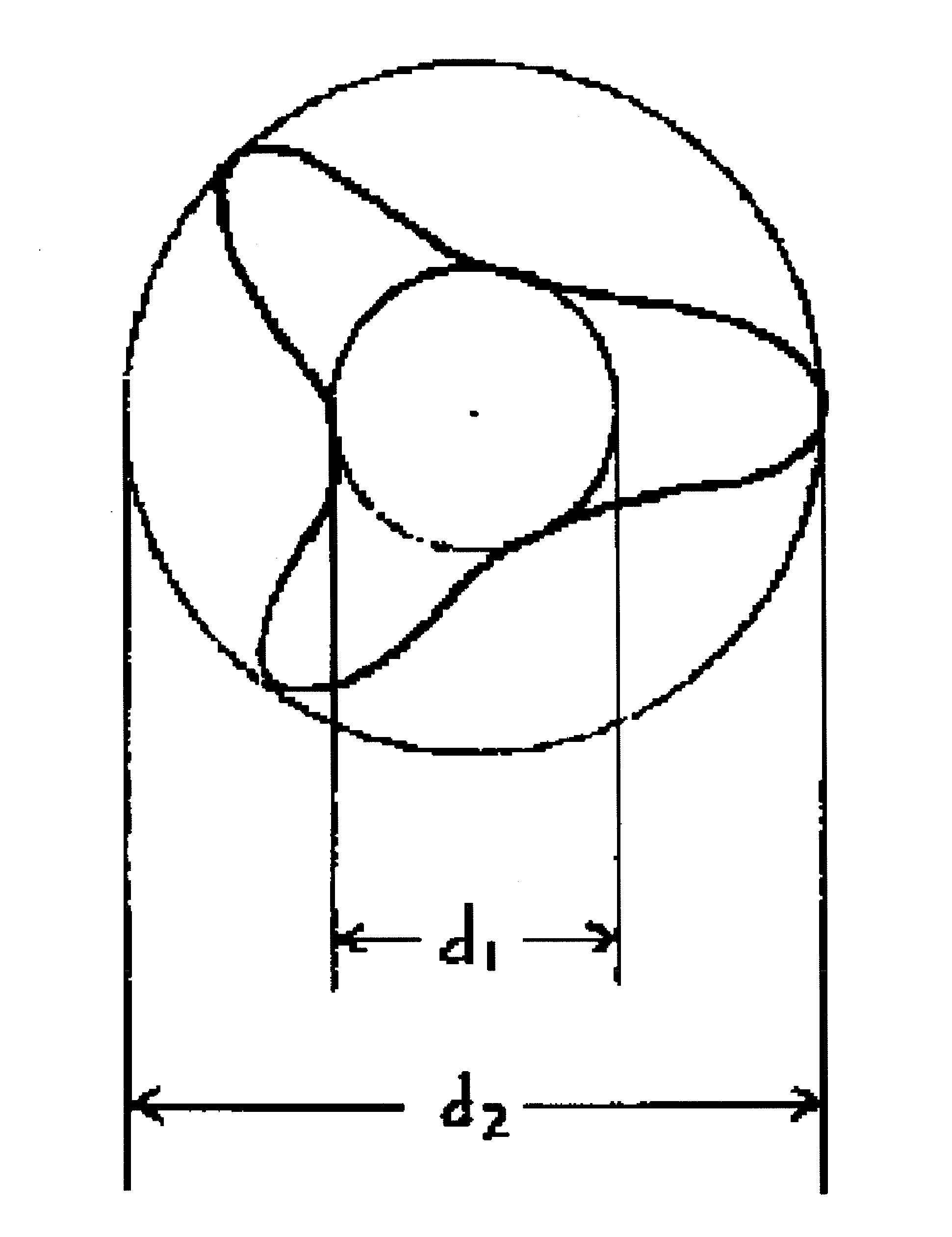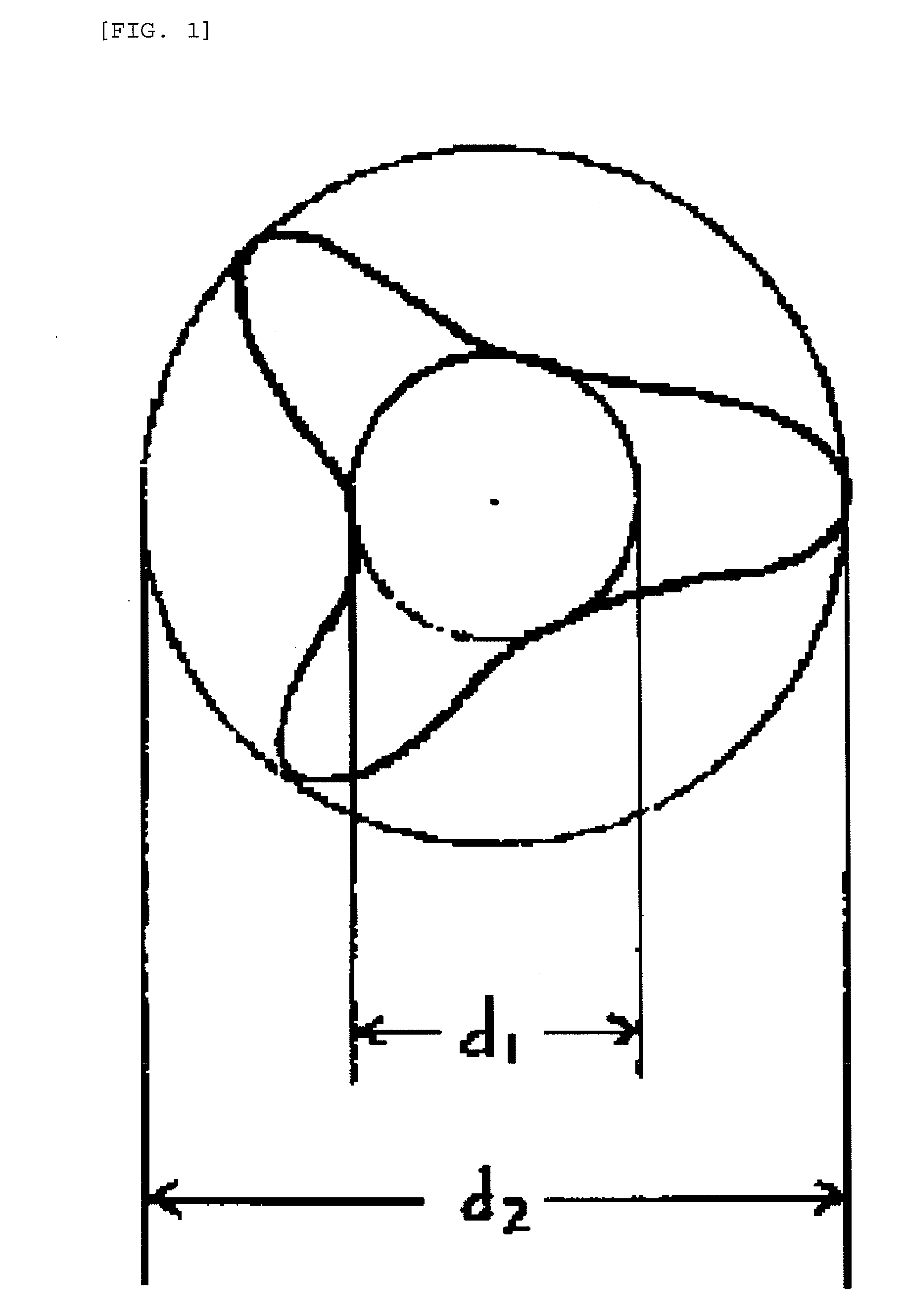Normal pressure cationic dyeable polyester and fiber
a technology of cationic dyeing and cationic dyeing, which is applied in the direction of dyeing process, weaving, transportation and packaging, etc., can solve the problems of difficult to increase the degree of polymerization of polyester, fiber or urethane fiber embrittlement, and the dyeing of polyester fibers obtainable with such a method. achieve favorable heat setting properties, improve dyeability, and increase strength
- Summary
- Abstract
- Description
- Claims
- Application Information
AI Technical Summary
Benefits of technology
Problems solved by technology
Method used
Image
Examples
example 1
[0158]To a mixture of 100 parts by weight of dimethyl terephthalate, 4.1 parts by weight of sodium dimethyl 5-sulfoisophthalate, and 60 parts by weight of ethylene glycol, 0.03 part by weight of manganese acetate and 0.12 part by weight of sodium acetate trihydrate were added. While gradually raising the temperature from 140° C. to 240° C., and distilling methanol resulting from the reaction out of a reactor, an ester exchange reaction was effected. Thereafter, 0.03 part by weight of normal phosphoric acid was added thereto to terminate the ester exchange reaction.
[0159]Thereafter, to the reaction product of the ester exchange reaction, 0.05 part by weight of antimony trioxide, 2.8 parts by weight of tetrabutyl phosphonium 5-sulfoisophthalate, 0.3 part by weight of tetraethyl ammonium hydroxide, and 0.003 part by weight of triethylamine were added thereto, and the mixture was transferred to a polycondensation tank. The temperature in the inside of the polycondensation tank was incre...
examples 2 to 4
, Comparative Examples 1 to 6
[0161]The same experiment was carried out in the same manner as in Example 1, except that the amounts of sodium dimethyl 5-sulfoisophthalate and tetrabutyl phosphonium 5-sulfoisophthalate to be added in Example 1 were changed so as to be the values shown in Table 1. The details of the production conditions and evaluation results of the copolymerized polyester are shown in Table 1.
example 5
[0162]To a mixture of 100 parts by weight of dimethyl terephthalate, 4.1 parts by weight of sodium dimethyl 5-sulfoisophthalate, and 60 parts by weight of ethylene glycol, 0.03 part by weight of manganese acetate, and 0.12 part by weight of sodium acetate trihydrate were added thereto. While gradually raising the temperature from 140° C. to 240° C., and distilling methanol resulting from the reaction out of a reactor, an ester exchange reaction was effected. Thereafter, 0.03 part by weight of normal phosphoric acid was added thereto to terminate the ester exchange reaction.
[0163]Thereafter, to the reaction product of the ester exchange reaction, 0.05 part by weight of antimony trioxide, 2.8 parts by weight of tetrabutyl phosphonium 5-sulfoisophthalate, 0.3 part by weight of tetraethyl ammonium hydroxide, and 0.003 part by weight of triethylamine were added thereto, and further, 1.5 parts by weight of adipic acid was added thereto. The mixture was transferred to a polycondensation ta...
PUM
| Property | Measurement | Unit |
|---|---|---|
| glass transition temperature | aaaaa | aaaaa |
| temperature | aaaaa | aaaaa |
| intrinsic viscosity | aaaaa | aaaaa |
Abstract
Description
Claims
Application Information
 Login to View More
Login to View More - R&D
- Intellectual Property
- Life Sciences
- Materials
- Tech Scout
- Unparalleled Data Quality
- Higher Quality Content
- 60% Fewer Hallucinations
Browse by: Latest US Patents, China's latest patents, Technical Efficacy Thesaurus, Application Domain, Technology Topic, Popular Technical Reports.
© 2025 PatSnap. All rights reserved.Legal|Privacy policy|Modern Slavery Act Transparency Statement|Sitemap|About US| Contact US: help@patsnap.com



